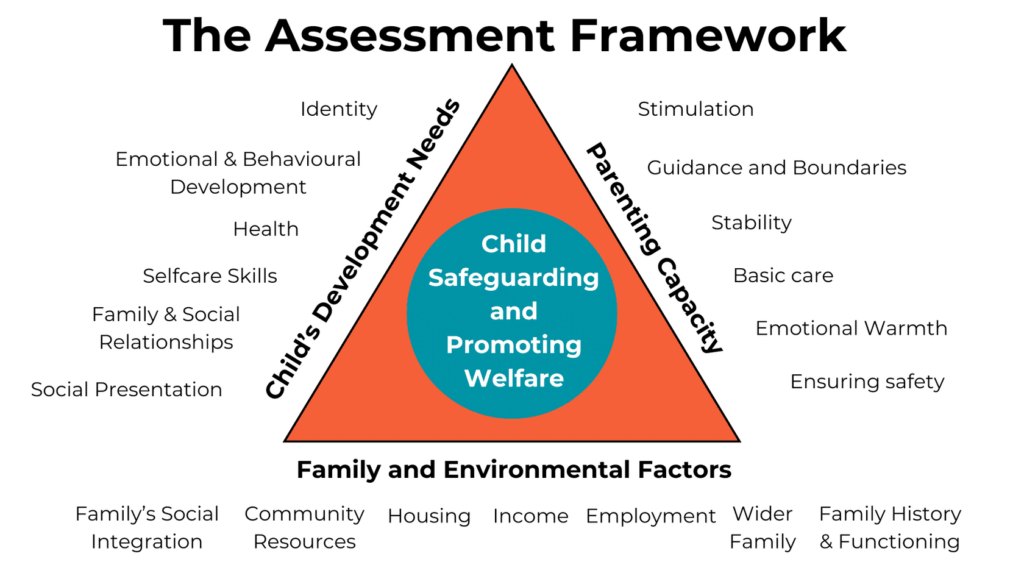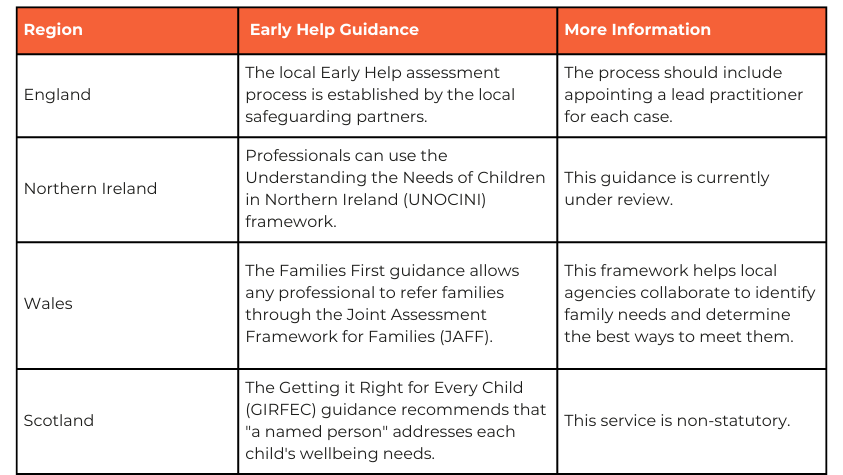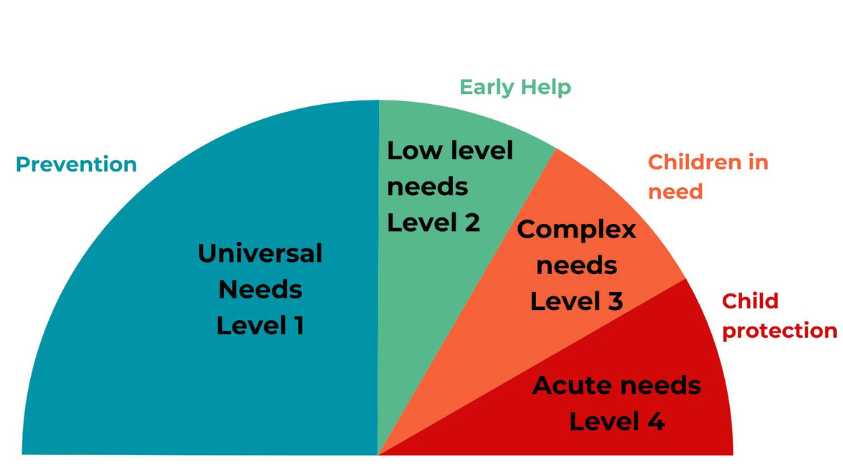Safeguarding Early Help

Estimated reading time: 5 minutes
Safeguarding Early Help
Safeguarding Early Help revolves around early intervention, offering children and families the right support before situations reach a critical point. This proactive framework allows professionals from different agencies to collaborate effectively, identifying and addressing issues before they develop into more serious safeguarding concerns.
In this guide, we explore the development of safeguarding Early Help, outline the practical steps for conducting an Early Help Assessment (EHA) and review the common challenges faced by professionals in delivering these essential services.
Why Safeguarding Early Help Matters
Safeguarding Early Help, though sometimes confused with early intervention, encompasses a broader approach. While early intervention often targets specific developmental concerns, Safeguarding Early Help takes a more preventative and holistic view, supporting multi-agency professionals in addressing a variety of potential risks. This approach is important as it aligns with the 2023 Working Together to Safeguard Children guidance, which prioritises early action to prevent issues from escalating into crises. By identifying concerns early on, professionals can provide timely assistance to children and families, potentially reducing the need for formal interventions.
Understanding the Early Help Assessment (EHA)
Initially, the Common Assessment Framework (CAF) was introduced to create a consistent approach for assessing the needs of children and families across services. Over time, this evolved into the more detailed Early Help Assessment (EHA), now widely used across multiple sectors. The EHA offers a structured analysis of a family’s strengths and areas needing support, focusing on three core areas:
- Development of the Baby/Child/Young Person
- Parenting Capacity
- Family and Environmental Factors
These three areas are expanded so you can gain more insight in the image below:

The assessment process typically involves engaging the family in a collaborative conversation, obtaining their consent and identifying key areas of need. Multi-agency collaboration is often necessary to coordinate an Early Help plan, with a lead professional responsible for ensuring the support is delivered according to an agreed action plan.
Regional Variations in Safeguarding Early Help
In the aftermath of high-profile cases such as Victoria Climbié and Peter Connelly, significant reforms were introduced to ensure that local authorities provide support before situations become urgent. While the EHA framework is now widely recognised, implementation can vary regionally. Being aware of the local approach to safeguarding Early Help is key to ensuring that children and families receive the right level of support when needed.

Safeguarding Early Help and the Threshold of Needs
The 2023 Working Together to Safeguard Children legislation introduces the continuum of needs model, with professionals able to offer tailored support depending on the specific level of concern. It enables specialists to provide flexible services based on individual needs while ensuring that universal services, such as education and healthcare, continue alongside more specialised support. It is split into four levels of need, Level 1 being the lowest level of need requiring universal services to Level 4 being acute needs and needing very bespoke services.

Who Benefits from Safeguarding Early Help?
Early Help can benefit any family experiencing difficulties, but it is particularly effective for those showing certain signs, such as children with challenging behaviour, parents struggling with relationships or families dealing with mental health, housing or financial problems. Identifying these indicators early is crucial to offering support and preventing issues from escalating.
Challenges in delivering Safeguarding Early Help
Despite the value of safeguarding Early Help, professionals often face significant challenges in delivering these services effectively. Limited resources, inconsistent regional practices and families’ reluctance to engage can hinder the process. Addressing these challenges requires building trust with families and raising awareness of the benefits of safeguarding Early Help.
Conclusion
Safeguarding Early Help plays a crucial role in ensuring children and families receive the support they need before problems escalate. By understanding the Early Help framework and engaging in the EHA process, professionals can make a real difference in the lives of vulnerable individuals and improving their long-term outcomes.
Resources
GOV.UK – Supporting Families: Early Help System guide
GOV.UK – Working together to safeguard children
GOV.UK – Early help – concepts, policy directions and multi-agency perspectives
Early Intervention Foundation – Why early intervention matters
Local safeguarding partners – Who are the three safeguarding partners?
NI Department of Health – Understanding the Needs of Children in Northern Ireland (UNOCINI) framework
Scottish Government – Getting it Right for Every Child (GIRFEC) guidance
Welsh Government – Families First guidance
Many of our online safeguarding courses have a module or section devoted to the topic of Early Help intervention. This information will enable you to learn more about this proactive framework and help you identify and address safeguarding issues before they turn into more serious concerns.
If you would like more help choosing the best course for yourself or your organisation, you can get in touch with our friendly customer service team by calling us on 01327 552030, emailing us at hello@smarthorizons.co.uk or using the contact form on our website.


